Wine to go with turkey.
Having more or less survived the first rush of holiday buying I thought it was time to consider some aspects of wine drinking and retailing after the fact. If you look really closely to the photo above and see past the cranberry sauce, gravy, mashed potatoes (regular & sweet), the vegan pot pie and stuffed onion you will see a piece of turkey. In the middle of stabbing wantonly about the plate and swilling Saumur-Champigny from Terry Germain, I was reminded of those customers asking for wine to go with turkey, just turkey.
There is still a common cry for pinot noir from most people, probably because it’s the always the most heavily recommended wine from any newspaper or magazine wine column. Why is that you might ask? I have a theory, and it’s not the movie Sideways. Before the mid 90’s and the early aughts there was a lack of free and intelligent wine information in the form of the internet; blogs, wikipedia, wine writers from magazines, newspapers, etc. The literature most prominently available at the time (Wine Advocate & Spectator) was saturated with 90+ point wines of massive alcohol and heavy handed new oak. The kind of wines so extreme in every way that they lacked balance necessary to ease along a Thanksgiving meal.
I’d like to see anyone try to put down a bottle of Molly Dooker, or any Zinfandel at 16.5% abv, and not get into some sort of argument or fall asleep at the table.
So the existing writers grasped onto the buoy of pinot noir for Thanksgiving. Why not? Lower natural alcohol, higher natural acidity, freshness of fruit (ideally) - it all adds up to something one could easily enjoy with a meal. This advice was contagious, and besides, it’s easier to go into any ol’ retail shop and ask if they have pinot noir. Going to a shop and finding red from Chinon or pelaverga based wine from Piedmont in Italy is tougher at times.
The advice I gave to people was to look for mid-weight wines of balance, lower alcohol, and freshness. Aside from red Burgundy I was recommending a lot of lighter weight reds from southern Rhone, northern Italy, or the Loire valley, even some Austrian zweigelt or blaufrankisch. It’s advice that will hold through all the big meals in the holiday season.
For the record, I took a bottle of Herman J. Wiemer’s 2006 Brut (disgorged in 2010) and Domaine des Roches Neuves 2010 Saumur Champigny.
I could always say drink what you like though. All those people I saw drinking Yellowtail Shiraz at a b.y.o. sushi place in Philly can’t be wrong... can they?
I guess I need a bottle of wine because it’s thanksgiving...
I had at least a half dozen customers over the week whom I found wandering about the wine floor and each had their own shopping cart full of fabulous Belgian beer (we had a sale going on.) The usual disclaimer was, “I know my beer, but I’m lost on wine...” and they wanted a bottle or two of wine just in case someone actually wanted wine with their meal.
I say pair nothing but beer with your meal, you’ll do just fine. The same principles apply to beer as they do to wine. This is not the time for barley wines, imperial stouts, or Belgian quads. This is the time for saisons, triples, German lagers/pilsners, Flemish sours and sour brown ales. Pair the whole meal with beer and embrace it. If you have a 95 year old grandmother that only drinks white zinfandel, get her that bottle. She’s 95, she’s earned it. Otherwise, get some seriously good beer and enjoy.
Shopping the day of
1. Don’t do it.
2. If you must, then do it early. After 11 a.m. all bets are off.
3. If it’s after 11 a.m. you will find yourself in the company of shoppers who either can’t stand sobriety for more than six hours and did not prepare well for the limited retail hours. Or you might find yourself rubbing elbows with ‘serious’ wine buyers who only purchase wine that comes in a carafe bottle.
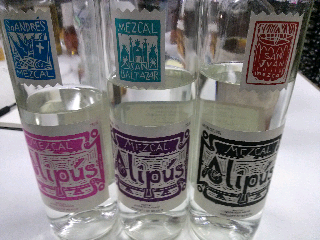 We're all familiar with Tequila, some of us are so familiar that we swear it off forever. In a retail environment it is often the most maligned spirit by my customers due to a single night of unadulterated agave driven madness.
We're all familiar with Tequila, some of us are so familiar that we swear it off forever. In a retail environment it is often the most maligned spirit by my customers due to a single night of unadulterated agave driven madness.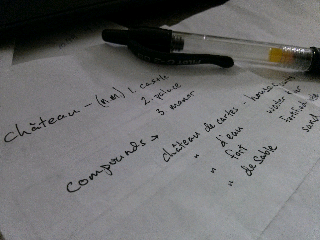
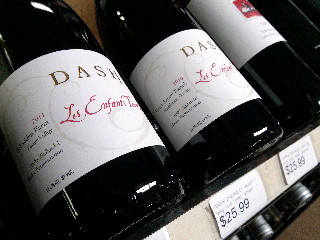
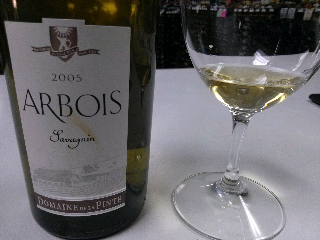
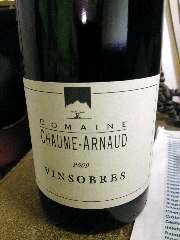 Many people have heard of, and tasted most likely, wine from the Cotes du Rhone Villages. For those looking for more geekdom and specificity, you can delve into any one of the 15 villages that may amend their name to a label in lieu of the lesser "Cotes du Rhone Villages." And this is where we come upon Vinsobres.
Many people have heard of, and tasted most likely, wine from the Cotes du Rhone Villages. For those looking for more geekdom and specificity, you can delve into any one of the 15 villages that may amend their name to a label in lieu of the lesser "Cotes du Rhone Villages." And this is where we come upon Vinsobres.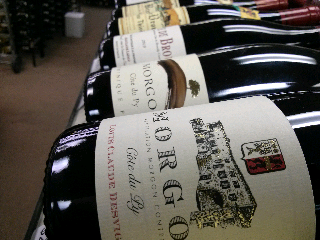
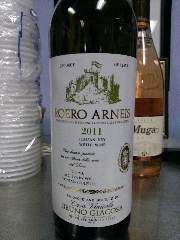 Once again,
Once again, 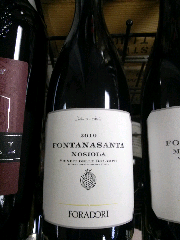
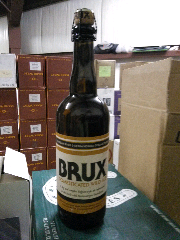 Brux & Branca, by which I refer to two disparate but intriguing items. Item one: the collaboration beer between Sierra Nevada & Russian River Brewing co. Item two: the Italian liquer Fernet Branca which takes its name from the eponymous amaro. They are completely unrelated, but I liked the alliteration.
Brux & Branca, by which I refer to two disparate but intriguing items. Item one: the collaboration beer between Sierra Nevada & Russian River Brewing co. Item two: the Italian liquer Fernet Branca which takes its name from the eponymous amaro. They are completely unrelated, but I liked the alliteration. Personally I find it difficult to get real jazzed about wine from New Zealand. I think there's loads of potential for very interesting wine, but as of yet it's not the first wine region I go hunting for on a wine list. But in with the goal of keeping an open mind we had a tasting at the store the other night, here's the list:
Personally I find it difficult to get real jazzed about wine from New Zealand. I think there's loads of potential for very interesting wine, but as of yet it's not the first wine region I go hunting for on a wine list. But in with the goal of keeping an open mind we had a tasting at the store the other night, here's the list: The other day Beth & I were struck with the desire for lasagna and I was looking for an excuse to open this bottle of 2008 Salvarenza from
The other day Beth & I were struck with the desire for lasagna and I was looking for an excuse to open this bottle of 2008 Salvarenza from